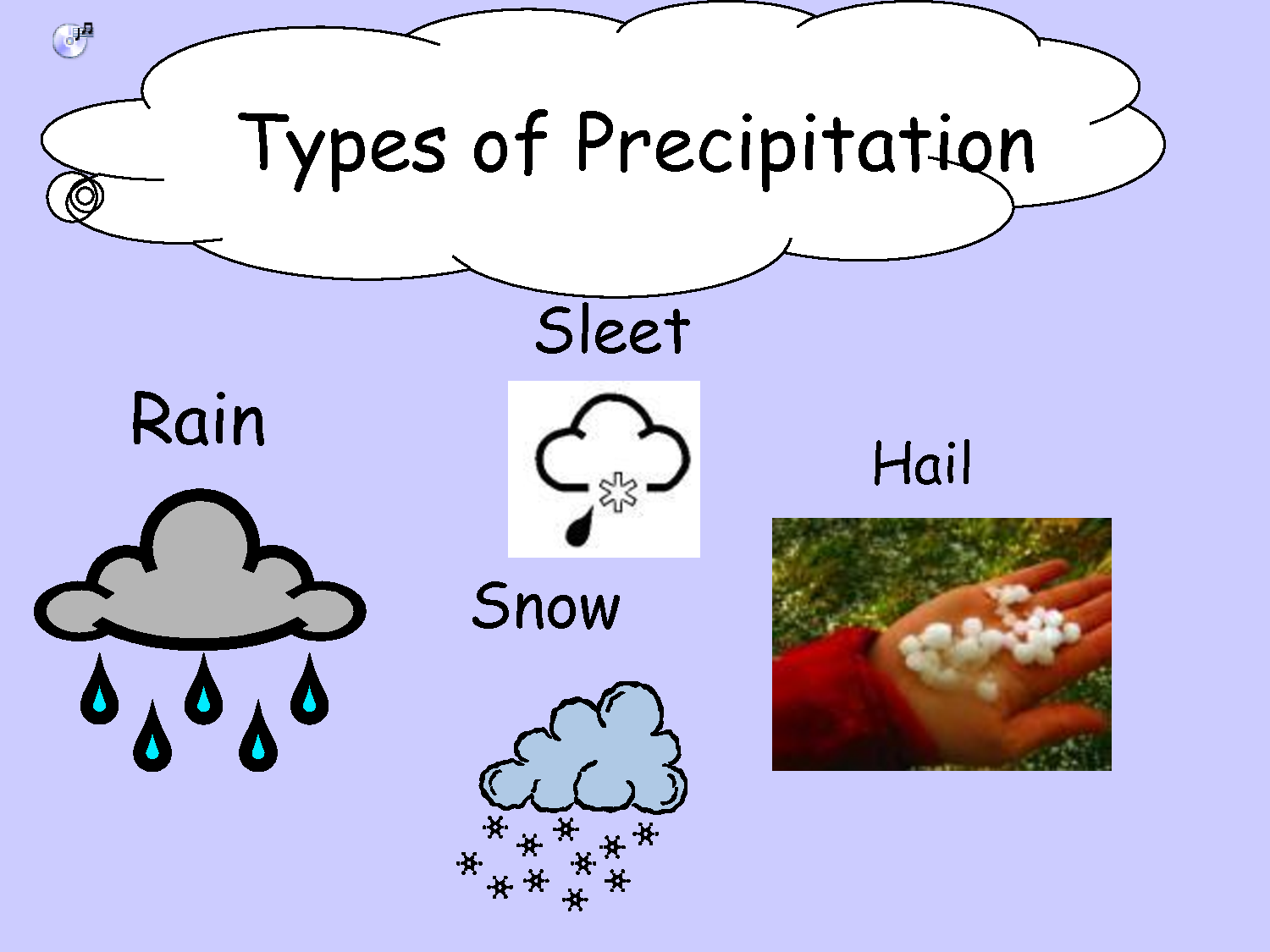
:max_bytes(150000):strip_icc()/chemical-reaction-pipette-0-5m-solution-of-copper-sulfate--cuso4--into-0-5m-solution-of-sodium-carbonate--na2co3---blue-copper-carbonate-precipitate--cuco3--formed-result--cuso4-na2co3--cuco3-na2so4-667616695-59e0f159d088c00011b1235a.jpg)
The derecho of July 4-5, 1980 is a good example of an event that exhibited Of families of downburst clusters that extend, by definition, continuously or nearly continuously for at This is because the swaths of stronger winds within the general path of a derecho are producedīy what are called downbursts, and downbursts often occur in irregularly-arranged clusters, along withĮmbedded microbursts and burst swaths. Sometimes being below severe limits (57 mph or less), and sometimes being very strong (from 75 mph to greater The winds associated with derechos are not constant and may vary considerably along the derecho path, Wisconsin and Lower Michigan during the early morning of Mayģ1, 1998 produced a measured wind gust of 128 mph in eastern Wisconsin, andĮstimated gusts up to 130 mph in Lower Michigan. More recently, the derecho that swept across But in strongerĭerechos, winds may exceed 100 mph. Gusts (greater than 57 mph) at most points along the storm path. The term "derecho" has come into more common use in recent years.ĭefinition, derecho winds must meet the National Weather Service criterion for severe wind The page provides information on Hinrichs' background, and on his introduction of Ray Wolf, of the Davenport, Iowa National Weather Service Forecast Office, created a web pageĪbout Gustavus Hinrichs. That described derechos over the central and eastern United States. Meteorologists Robert Johns and William Hirt in a 1987 paper Until it was resurrected by NOAA National Severe Storms Forecast Center (predecessor of the Storm Prediction Center) However, the word disappeared from use for nearly a century

The meteorological community during the 1880s. "Derecho" was adopted to a limited extent by Shows a derecho crossing Iowa on July 31, 1877. I.e., the letter "e" is not added after the letter "o."Ī defining excerpt from Hinrich's paper may be seen in this figure that Which means "to turn." Because "derecho" is of Spanish origin, the plural form is spelled "derechos " Is thought to have been derived from the Spanish word "tornar," Here to hear a pronunciation of the word "derecho"). "Derecho" is a Spanish word meaning "right," "direct," Meteorological Journal to distinguish thunderstorm-induced straight-line winds from the damaging, rotary winds of tornadoes. Hinrichs used the term in a paper published by the American Professor of physics at the University of Iowa. The word "derecho" was coined in 1888 by Dr. More physically-based - i.e., focused on the meteorological processes believed responsible for the production of Introduced in 2016 that was intended to make the definition This requirement was added in a revised definition of "derecho" The derecho-producing convective system also should contain certain radar-observed storm features such as bow echoesĪnd rear-inflow jets (discussed below in Derecho-producing storms andĭerecho development). Is at least 60 miles (about 100 km) wide, includes wind gusts of at least 58 mph (93 km/h) along most of its length,Īnd also includes several, well-separated 75 mph (121 km/h) or greater gusts, the event may be classified as a derecho. By definition, if the swath of wind damage extends at least 400 miles (about 650 kilometers), As a result, the term "straight-line wind damage" is sometimes used toĭescribe derecho damage. Variously known as bow echoes, squall lines, or quasi-linear convective systems.Īlthough a derecho can produce destruction similar to that of a tornado, the damage typically occurs in one directionĪlong a relatively straight path. Derechos are associated with bands of rapidly moving showers or thunderstorms Is available in The Derecho FAQ (Frequently Asked Questions) page.Ī derecho (pronounced similar to "deh-REY-cho" in English, Note: Some of the following information, in abbreviated, question-and-answer format,


 0 kommentar(er)
0 kommentar(er)
